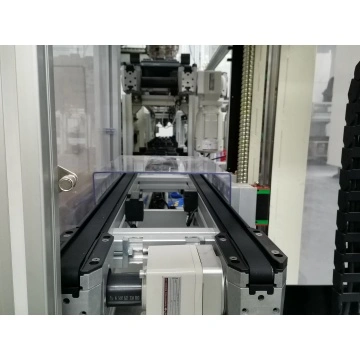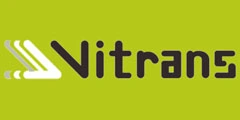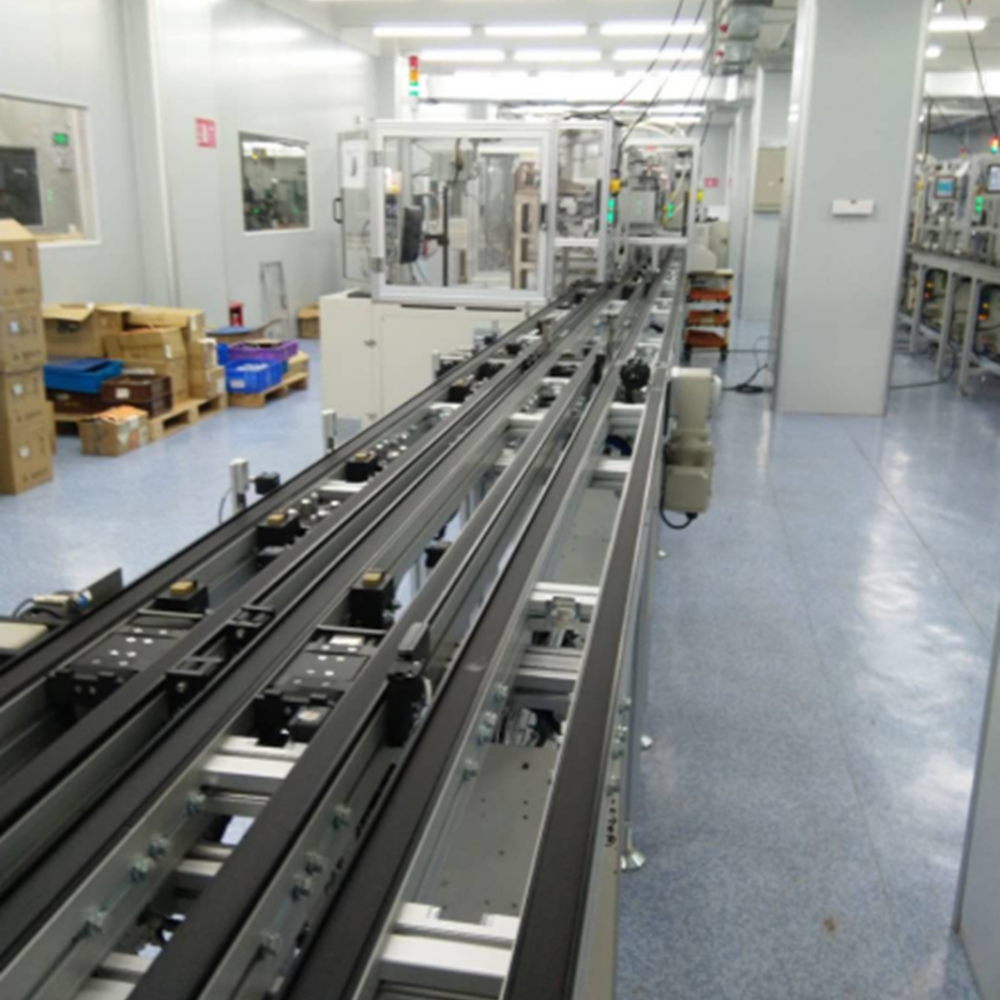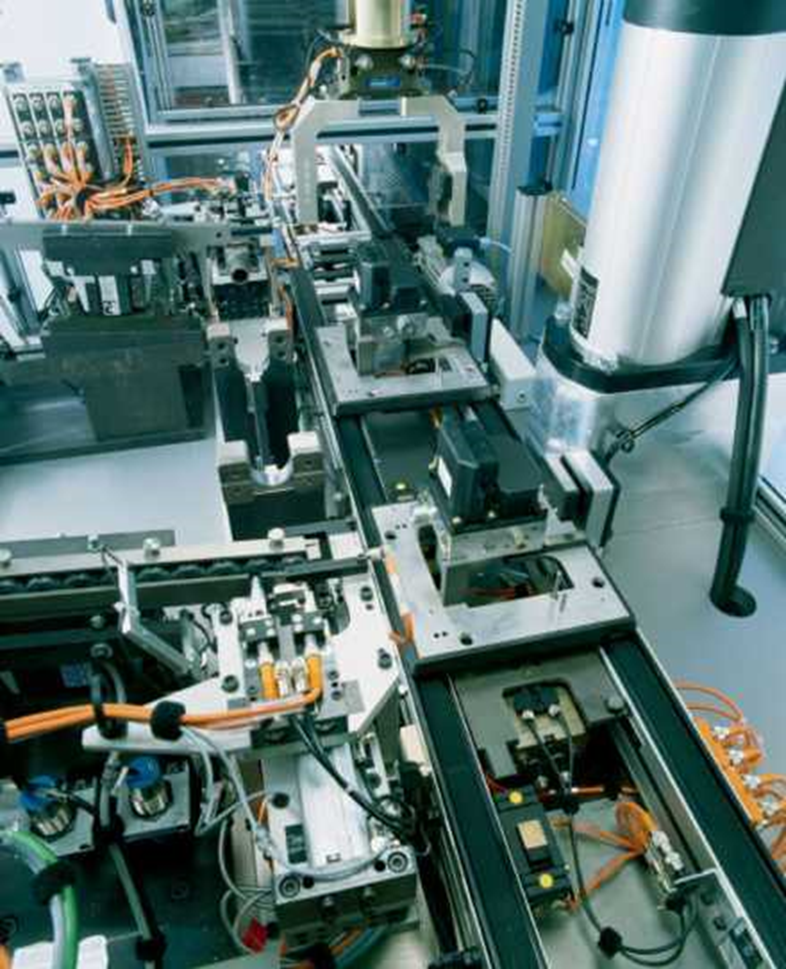
In today's highly competitive manufacturing arena, automated production line is like the factory's "superhero", can significantly improve production efficiency, reduce production costs, improve the competitiveness of enterprises in the market. But if this "superhero" is not well-trained, may also make the production process frequently off the chain.
So, how to optimize the automated production line, in order to achieve truly efficient production?
First of all, to figure out the automated production line "temperament".
Just like understanding a person's personality, we need to know where the bottleneck of the production line. Is it a piece of equipment that is always dragging its feet? Or the material supply is always unable to keep pace? Or is it the improper operation of personnel? Finding these "troublemakers" is the key to the right remedy.
Equipment selection and layout is also a big question.
Not a bunch of high-profile equipment together can be all right. They have to be like a well-coordinated orchestra, not separate soloists. Reasonable layout allows materials and products on the production line to run happily, reducing unnecessary stops and turns, which is like the production process through the "two veins".
Then look at the control system, which is the "brain" of the production line.
A flexible control system can be based on production demand, real-time adjustments to the speed and rhythm of the production line, like a good conductor, so that the entire "orchestra" to play a wonderful music. If the control system is slow to respond, the production line can easily fall into chaos.
Don't forget to give the production line a "skills upgrading training" - equipment maintenance and upgrading.
Regular maintenance keeps equipment in good condition, just as regular car maintenance prolongs service life and reduces breakdowns. Timely upgrades can keep the production line up to date with the changing pace of the market and prevent it from becoming obsolete.
Employees are an integral part of line optimization.
They must not just be "bystanders" on the production line, but "participants". Providing technicians with enough training to familiarize them with line operation and maintenance can go a long way toward solving small problems and avoiding big ones. This is like adding a layer of double "insurance" to the production line.
Optimizing the automated production line is like a well-planned battle, which requires us to consider all aspects and attack each one of them. Only in this way, we can let the automated production line to play a real role in realizing the efficient production, so that enterprises in the market competition can ride the waves and move forward.



![]() July 10, 2024
July 10, 2024



